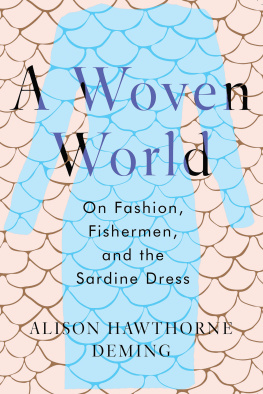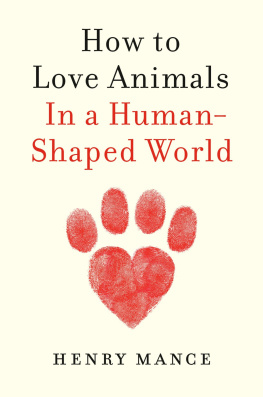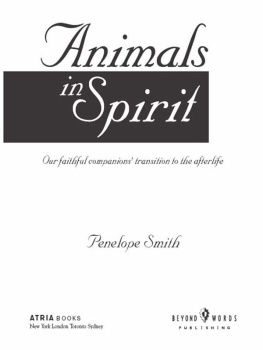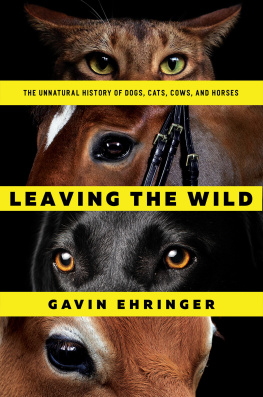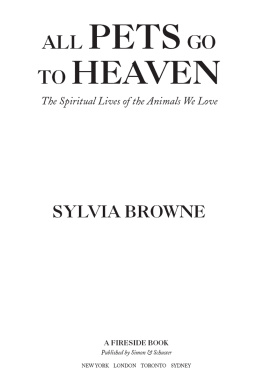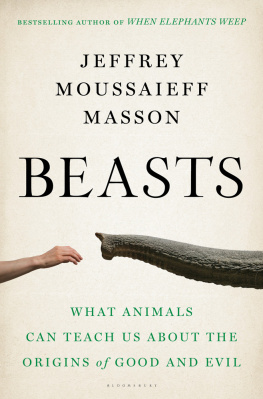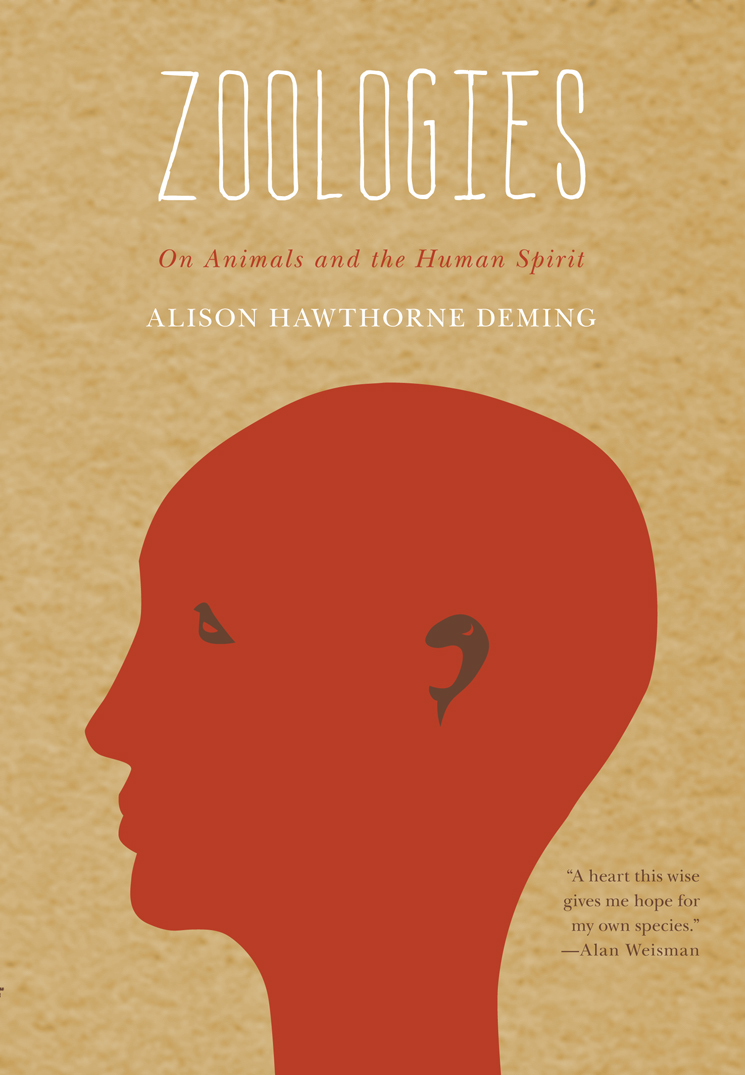

Also by Alison Hawthorne Deming
POETRY
Rope
Genius Loci
The Monarchs: A Poem Sequence
Science and Other Poems
Poetry of the American West: A Columbia Anthology (Editor)
NONFICTION
Writing the Sacred Into the Real
The Edges of the Civilized World: A Journey in Nature and Culture
Temporary Homelands
Anatomy of Desire: The Daughter/Mother Sessions (Coauthor)
Girls in the Jungle
The Colors of Nature: Culture, Identity and the Natural World (Coeditor)

2014, Text by Alison Hawthorne Deming
All rights reserved. Except for brief quotations in critical articles or reviews, no part of this book may be reproduced in any manner without prior written permission from the publisher: Milkweed Editions, 1011 Washington Avenue South, Suite 300, Minneapolis, Minnesota 55415.
(800) 520-6455
www.milkweed.org
Published 2014 by Milkweed Editions
Cover design & illustration by Mary Austin Speaker
Author photo by Cybele Knowles
The text of this book is set in ITC New Baskerville.
14 15 16 17 18 5 4 3 2 1
First Edition
Milkweed Editions, an independent nonprofit publisher, gratefully acknowledges sustaining support from the Bush Foundation; the Jerome Foundation; the Lindquist & Vennum Foundation; the McKnight Foundation; the voters of Minnesota through a Minnesota State Arts Board Operating Support grant, thanks to a legislative appropriation from the arts and cultural heritage fund, and a grant from the Wells Fargo Foundation Minnesota; the National Endowment for the Arts; the Target Foundation; and other generous contributions from foundations, corporations, and individuals. For a full listing of Milkweed Editions supporters, please visit www.milkweed.org.

Library of Congress Cataloging-in-Publication Data
Deming, Alison Hawthorne, 1946
Zoologies: on animals and the human spirit / Alison Hawthorne
Deming. -- First edition.
pages cm
Includes bibliographical references.
ISBN 978-1-57131-899-2 (ebook)
1. Animals. 2. Human-animal relationships. 3. Nature. I. Title.
PS3554.E474Z36 2014
814'.54--dc23
2014004104
Milkweed Editions is committed to ecological stewardship. We strive to align our book production practices with this principle, and to reduce the impact of our operations in the environment. We are a member of the Green Press Initiative, a nonprofit coalition of publishers, manufacturers, and authors working to protect the worlds endangered forests and conserve natural resources. Zoologies was printed on acid-free 100% postconsumer-waste paper by Edwards Brothers Malloy.
For Lincoln and Raymond
Contents
The dragon tipped up his great tusked head, stretched his neck, sighed fire. Ah, Grendel! he said. He seemed that instant almost to rise to pity. You improve them, my boy! Cant you see that yourself? You stimulate them! You make them think and scheme. You drive them to poetry, science, religion, all that makes them what they are for as long as they last. You are, so to speak, the brute existent by which they learn to define themselves. The exile, captivity, death they shrink fromthe blunt facts of their mortality, their abandonmentthats what you make them recognize, embrace!
JOHN GARDNER
Grendel
The human species emerged enacting, dreaming, and thinking animals and cannot be fully itself without them.
PAUL SHEPARD
Coming Home to the Pleistocene
Though human beings have created much of the beauty of the world, they are only collaborators in a much vaster project.... Beauty is a call.
ELAINE SCARRY
On Beauty and Being Just

T he Aberdeen Bestiary, written and illuminated in England around the twelfth century, is a luxury book intended to improve the minds of ordinary people, in such a way that the soul will at least perceive physically things it has difficulty grasping mentally. Its pages are rich with burnished gold, plush reds and blues. It is a work of theology, not natural history, glorifying the Christian wisdom tradition, an instruction manual in the art of the sermon and moral education used to train monks in medieval monasteries. The position of thumbprints at the center top page, notes the University of Aberdeens historical collections site, indicates that the book was held open and shown to others, probably in the teaching of unlettered lay brothers. The animal images are exquisitely rendered, the lessons varying from parable to metaphor to oblique celebration of art as a way of knowing.
One page shows a ram, a virile beast, bounding gracefully, its muscles contoured in elegance that predicts the sharp lines of art deco, its wool as articulated as chain mail, its eye Egyptian in black-rimmed intensity. Propelled by the pleasure of its strength, the rams head breaks through the ornate frame of its rectangle. Beneath this image is a smaller illustration of a lamb, a pious creature, a two-dimensional cotton puff that skips happily within the confines of its golden roundel. Piety, it would seem, asks a sacrifice of certain pleasurable capabilities the body offers. I imagine the artists hand and mind, the hours spent in contemplation while he worked, the hand speaking a truth more complicated than that of the mind and will.
The hyena was considered unclean. It was thought to change its sex, one year being male and the next year being female. It inhabited tombs of the dead and fed on their bodies. Thus it is depicted in the bestiary boasting a pronounced double set of gender gearfull, open labia and the holy male trinity of testicles and penis suspended just below the opening. The hyena is scavenging a mans limp body that lies on a tomb. The beast seizes a mouthful of the mans naked shoulder, using feet more like dragon claws than dog paws to pin down the corpse, the animals ears exaggerated into devilish horns, its spinethought to be rigiddepicted as a chain of metallic barbs lying on the outside of the creatures back and extending to the tip of its tail. It is a viciously cautionary tale against the unresurrected body.
Some entries come closer to natural history observation than moral teaching. Of deer, the bestiary writes:
Stags, when it is time to rut, rage with the madness of lust. Does, although they may be inseminated earlier, do not conceive before the star of Arcturus appears. They do not rear their young just anywhere but hide them with tender care, concealed deep in bushes and grass, and they make them stay out of sight with a tap of the hoof.... The offspring of the deer are called hinnuli, fawns, from innuere, to nod, because at a nod from their mother, they vanish from sight.
And some entries conflate the two realitieswhat is and what one imaginesinto devotional poetry:
The dove, with its silver-colored feathers, signifies every faithful and pure soul, renowned for the high esteem accorded to its virtues. The dove gathers as many grains of seed for food as the soul does examples of righteous men as models of virtuous conduct. The dove has two eyes, right and left, signifying, that is, memory and intelligence. With one it foresees things to come; with the other it weeps over what has been.
Next page

